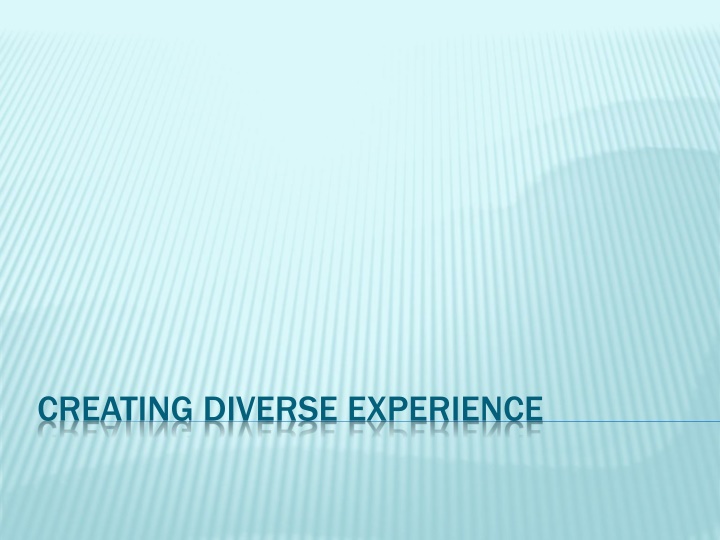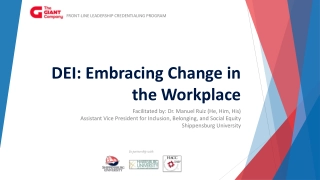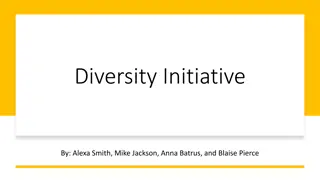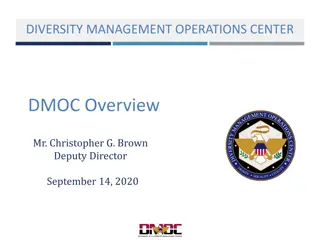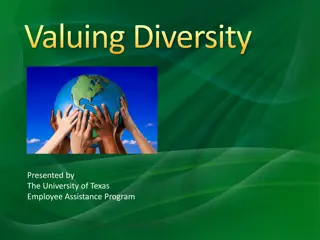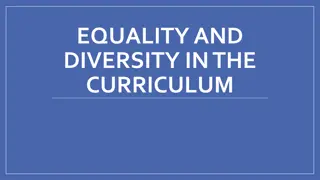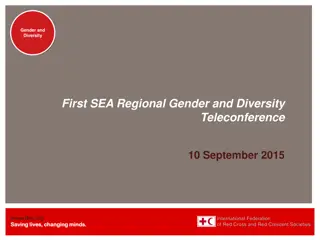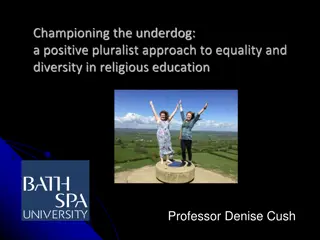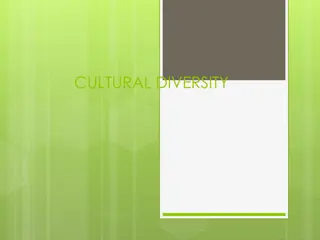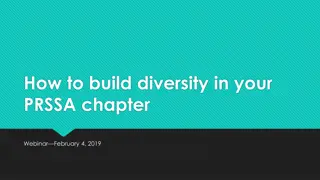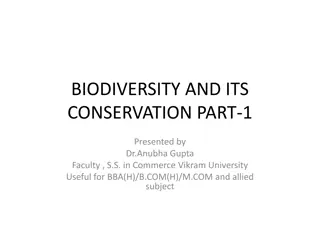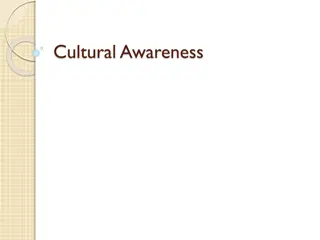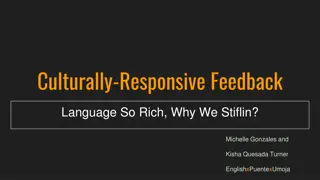Embracing Human Diversity
Diversity is the essence of humanity, encompassing unique individuals with varied backgrounds, beliefs, and abilities. Understanding and embracing this diversity is key to creating a harmonious and inclusive society. Explore the dimensions of diversity, from primary to secondary aspects, and learn methods to foster a diverse experience through self-exploration, integration, and lifelong learning.
Download Presentation

Please find below an Image/Link to download the presentation.
The content on the website is provided AS IS for your information and personal use only. It may not be sold, licensed, or shared on other websites without obtaining consent from the author.If you encounter any issues during the download, it is possible that the publisher has removed the file from their server.
You are allowed to download the files provided on this website for personal or commercial use, subject to the condition that they are used lawfully. All files are the property of their respective owners.
The content on the website is provided AS IS for your information and personal use only. It may not be sold, licensed, or shared on other websites without obtaining consent from the author.
E N D
Presentation Transcript
DIVERSITY It means understanding that each individual is unique, and recognizing our individual differences. These can be along the dimensions of race, ethnicity, gender, sexual orientation, socio-economic status, age, physical abilities, religious beliefs, political beliefs, or other ideologies.
DIMENSIONS OF DIVERSITY Like trees in a vast forest, humans come in a variety of size, shapes, and colours. We share important dimensions of humankind with all members of species. Biological and environmental differences separate and distinguish us as individuals an groups. A vast array of physical and cultural differences constitute the spectrum of human diversity.
PRIMARY DIMENSIONS OF DIVERSITY Age Race Ethnicity Heritage Gender Physical abilities/ qualities Sexual/ affection orientation Mental abilities
SECONDARY DIMENSION OF DIVERSITY Education Communication style Work background Work style Income Marital status Religious beliefs Geographical location
METHODS FOR CREATING DIVERSE EXPERIENCE Teachers should attempt to make the following practices an integral part of their daily practice: Self-Exploration Examine personal cultural biases and assumptions. Explore personal perceptions and understanding of situations by developing an awareness of personal cultural
Comprehensive integration Integrate culturally diverse information/perspectives into all aspects of teaching. Time and Maturation Allow time for a process to develop. Introduce less complex topics at first, and create time to establish trust. Accepting Environment Establish an environment that allows for mistakes Intervention Be prepared to respond to purposely-directed acts of bias.
Life-long learning Teachers should let students know that they consider themselves learners, and that they see themselves as part of the learning process. Discovery learning Avoid "preaching" to students about how they should behave. Provide opportunities for students to resolve conflicts, solve problems, work in diverse teams and think critically about information Life Experience Provide opportunities for students to share life experiences; choose literature that will help students develop empathy.
Home Home- -School Involve parents, other family members and other community members in the learning process. Understand that families and others in the community provide the context in which students are motivated to learn. Examine the Classroom Environment Examine the Classroom Environment What is present and absent in the school classroom provides children with important information about who and what is important. Every effort should be made to create a setting that is rich in possibilities for exploring cultural diversity. School- -Community Connection Community Connection
